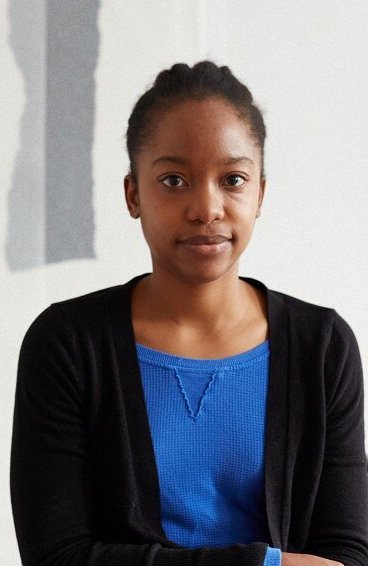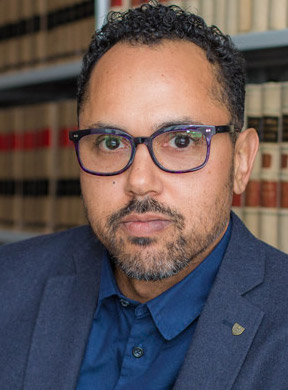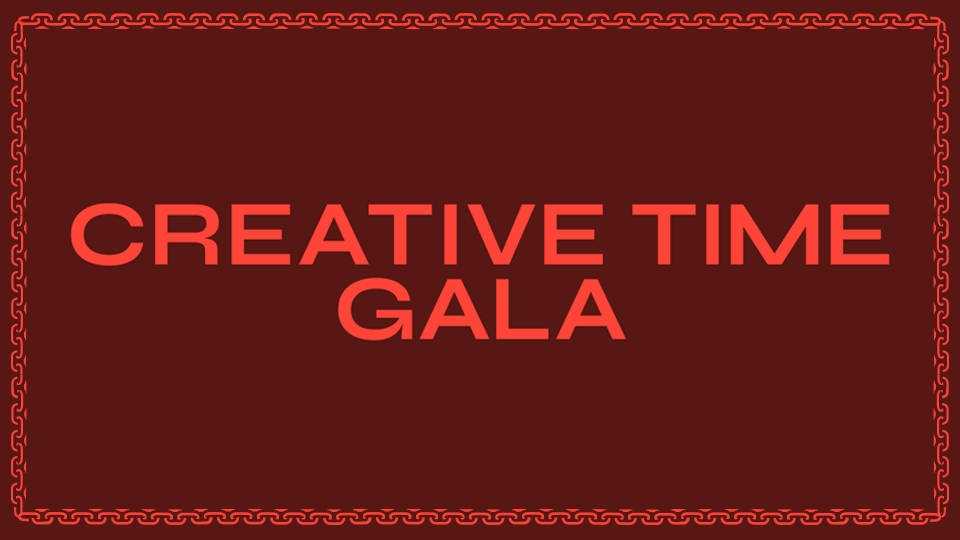Artist Honoree Class

Rashid Johnson was born in 1977 in Chicago IL. He received his BA in photography from Columbia College in Chicago and in 2005, Johnson studied for his MFA at the School of the Art Institute of Chicago. Johnson’s mixed-media practice incorporates a wide-range of everyday materials and objects, including wax, wood, steel, brass, shea butter, ceramic tile, books, records, VHS tapes, live plants, and CB radios. With shamanistic inspiration from both African-American and art history, many of Johnson’s more recent works employ these materials in a way that suggests an indefinite form of mysticism and a role as devotional objects.

Lauren Halsey is rethinking the possibilities for art, architecture, and community engagement. She produces both standalone artworks and site-specific projects, particularly in the South Central neighborhood of Los Angeles where her family has lived for several generations. Combining found, fabricated, and handmade objects, Halsey’s work maintains a sense of civic urgency and free-flowing imagination, reflecting the lives of the people and places around her and addressing the crucial issues confronting people of color, queer populations, and the working class. Critiques of gentrification and disenfranchisement are accompanied by real-world proposals as well as celebration of on-the-ground aesthetics. Inspired by Afrofuturism and funk, as well as the signs and symbols that populate her local environments, Halsey creates a visionary form of culture that is at once radical and collaborative.

Steffani Jemison attends to the seam between conceptual precepts and embodied knowledge. Her multidisciplinary approach spans time-based, sculptural, and discursive mediums, informed by deep research into movement practices, literature, ethnomusicology, and the history of cinema. A 2020 recipient of a Creative Capital Award and a Guggenheim Fellowship, among other honors, her recent work examines the liberatory potential of opacity and quiet. Calligraphic drawings on clear film or tempered glass suggest an unreadable language, amplifying what she calls the “tensions between what can be read, what can be intuited, and what refuses to give up its secrets.” Mining the Black vernacular tradition of encrypting what cannot be said, Jemison looks to the archive for alternative genealogies of mark-making that sidestep the modernist narrative.

Edgar Arceneaux works in the fields of drawing, sculpture, installation, performance, and video; often exploring connections between historical events and present-day truths. In the artist’s work, linear logic is abandoned in favor of wordplay and visual associations, revealing how language, technology, and systems of ordering produce reality as much as describe them. Seemingly disparate elements—such as science fiction, civil rights era speeches, techno music, and the crumbling architecture of Detroit—find a new synchronicity in the artist’s hands, ultimately pointing to larger historical forces such as the rise of the surveillance state.


